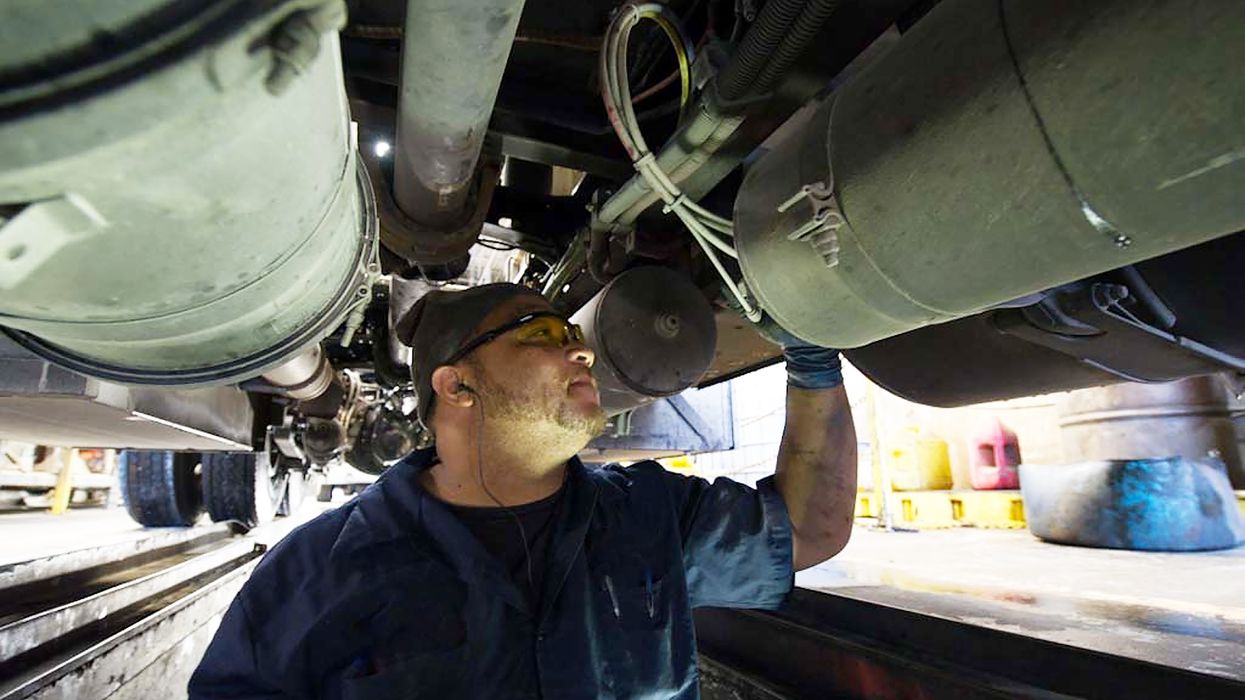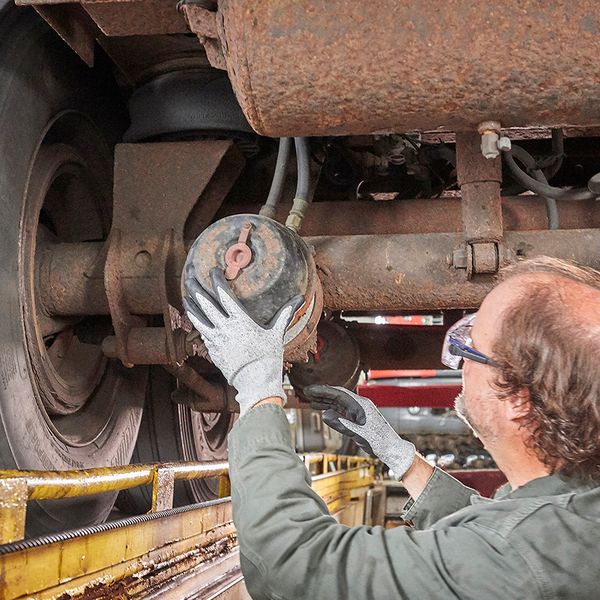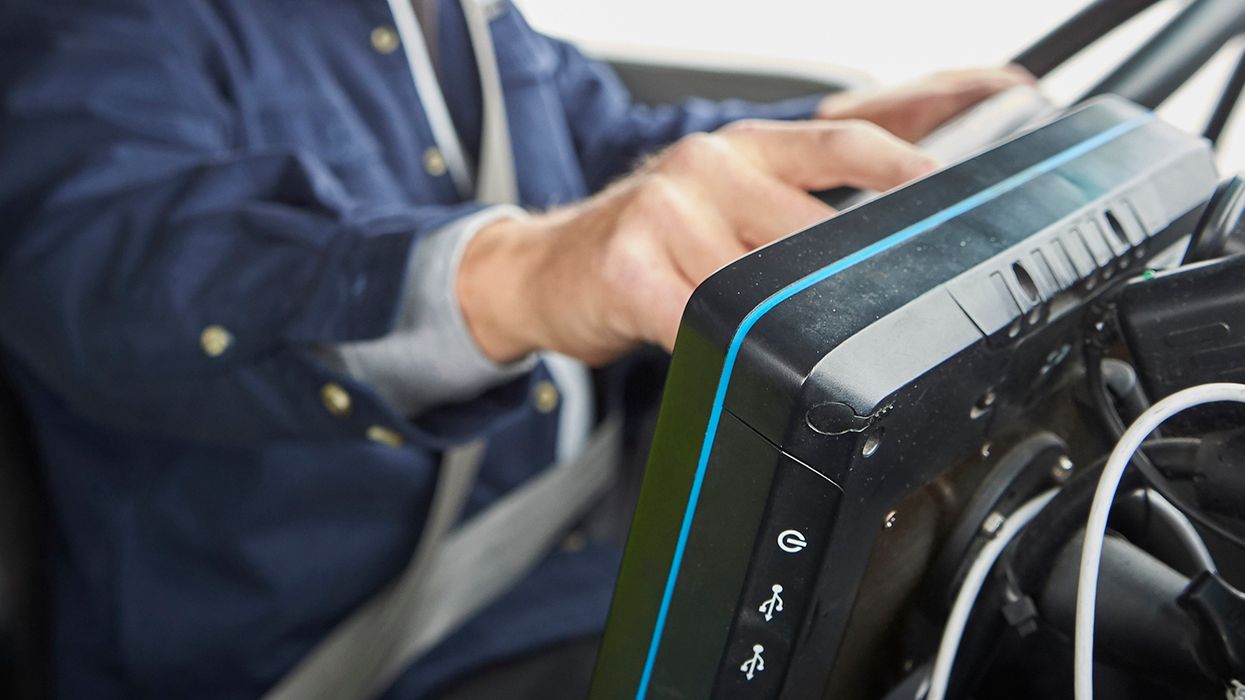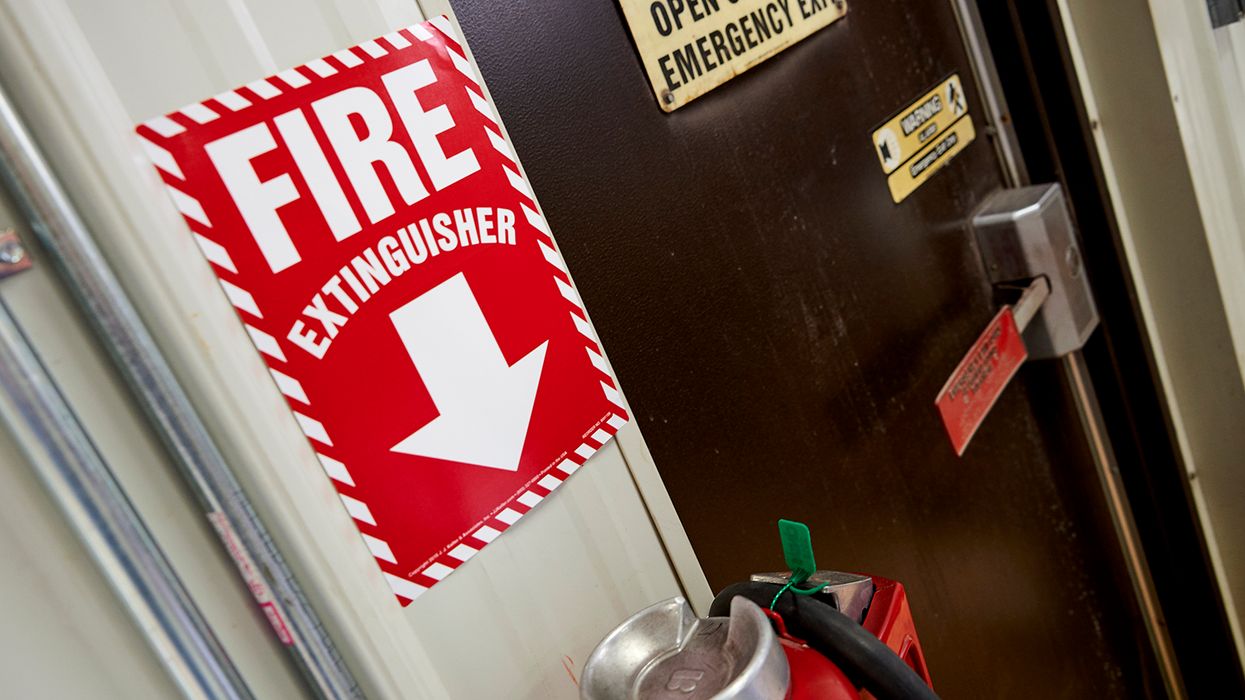Stay ahead of the curve: Mastering FMCSA annual inspection recordkeeping
Maintaining compliance with proper recordkeeping ensures that commercial motor vehicles (CMVs) are safe and meet regulatory standards. The key aspects of recordkeeping for FMCSA annual inspections include:
- The validity of inspections,
- Required documentation,
- Inspector qualifications, and
- Retention periods.
Validity of inspections
FMCSA regulations mandate that every CMV undergo a periodic inspection at least once every 12 months. For expiration purposes, the 12-month period begins on the last day of the month after the inspection was completed. We’re often asked where this can be found in the regulations. It’s actually not in the regulations, but appears in the preamble to the final rule found in the Federal Register dated December 7, 1988.
Several states have vehicle inspection programs that meet the federal inspection standards outlined in Appendix A to Part 396. These state inspections can be used in lieu of the federal inspection, ensuring that CMVs comply with safety regulations. However, if a state inspection is used, check with your state regarding expiration. This expiration may be 90 days or 365 days from the date of the inspection, rather than the last day of the month, as with the federal requirement.
Inspections of vehicles registered in Canadian provinces or Mexico will be accepted as equivalent to the federal inspection for the U.S. These inspections must meet Canadian or Mexican standards to qualify.
Required documentation
A carrier must retain a report as proof of this inspection for any vehicle in their control. The report must include:
- The individual performing the inspection,
- The motor carrier operating the equipment,
- The date of the inspection,
- The components inspected and results of the inspection, and
- Certification of the accuracy and completeness of the inspection.
Additionally, the vehicle must carry proof of the most recent inspection, such as a sticker, report, or decal. If the report is used it should be a copy to prevent loss of the original. Decals and stickers on the outside of the vehicle provide simple visual verification of compliance.
Inspector qualifications
Carriers are permitted to perform these inspections on company vehicles. The person doing the inspection must be qualified as outlined in 396.19. The qualifications include:
- Personal knowledge and understanding,
- Training, and
- Experience.
It‘s the responsibility of the motor carrier to retain evidence of the qualifications. The evidence must be kept for the time the inspector is completing the periodic inspections. If the inspector stops doing inspections or leaves the carrier, the evidence must be retained for one additional year.
Retention periods
Motor carriers are required to maintain detailed records of periodic inspections. This report must be retained for 14 months from the date of the inspection. It must be kept where the vehicle is housed or maintained. The report must be available for inspection on request by authorized officials.
If an outside vendor is performing the inspections, the records can be stored with them. In the event of an audit, it would be the carrier's responsibility to obtain the inspection form from the shop. Since the vendor is not being audited, they may not respond as quickly as needed to provide the information. The best practice would be to obtain a copy of the inspection for internal records upon completion of the inspection. This small step could go a long way toward staying compliant.
Key to remember: Keeping your records up to date and compliant will keep you prepared and reduce the risk of missing items during an audit.


















































